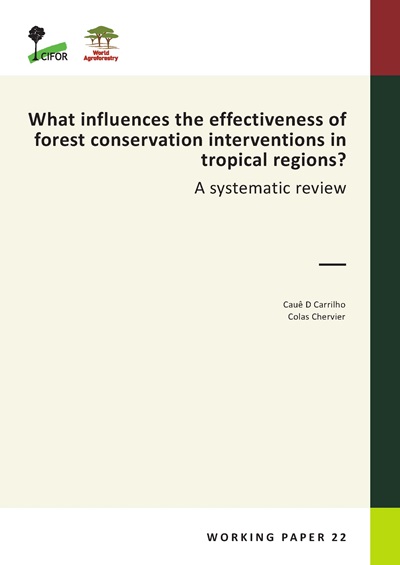Smallholders' agroforests may be valuable for conserving tropical trees through three main mechanisms. First, trees planted and/or retained by farmers in agricultural landscapes where wild stands were once found may be circa situm reservoirs of biodiversity. Second, farmland trees may support conservation in situ by providing an alternative source of product to reduce extraction from forest, and by acting as ‘corridors' or ‘stepping stones' that connect fragmented wild stands. Third, the additional value that planting assigns to trees may result in greater interest in including them in seed collections, field trials and field ‘genebanks' that support ex situ conservation. Here, we critically review the evidence for these mechanisms, and highlight areas for research and for intervention so that agroforestry practices can better support conservation in each setting, with an emphasis on often neglected genetic-level considerations. Based on current global challenges to diversity, conservation will need to rely increasingly on a smallholder-farm circa situm approach, but concerns on long-term effectiveness need to be properly quantified and addressed. Connectivity between widely dispersed, low density trees in agricultural landscapes is an important factor determining the success of the circa situm approach, while improving farmers' access to a diversity of tree germplasm that they are interested in planting is required. The circumstances in which agroforestry plantings can support in situ conservation need to be better defined, and research on the stability of active tree seed collections (how long are species and populations retained in them?) as ex situ reservoirs of biodiversity is needed.
DOI:
https://doi.org/10.1007/s10531-012-0429-5
Altmetric score:
Dimensions Citation Count:
























